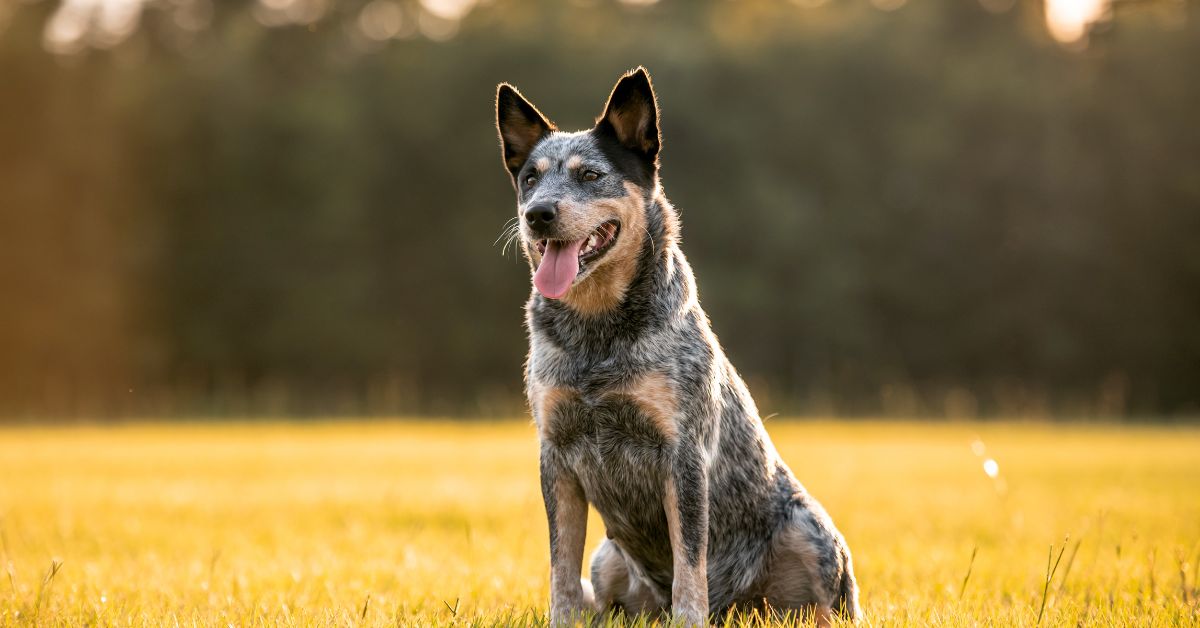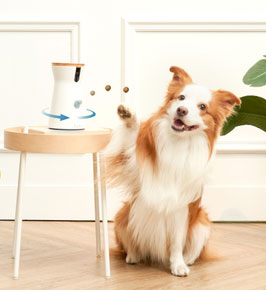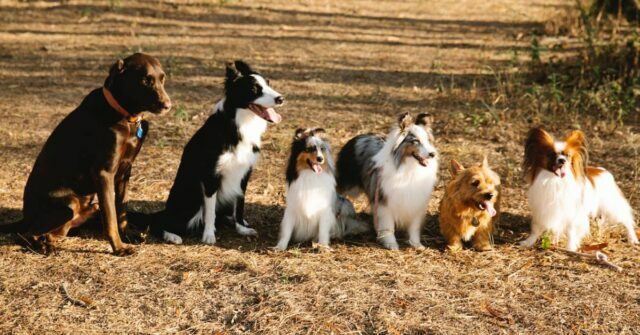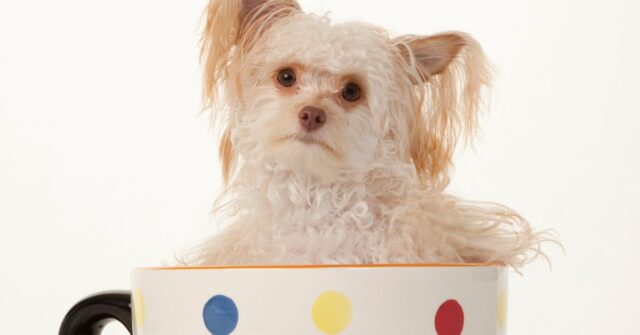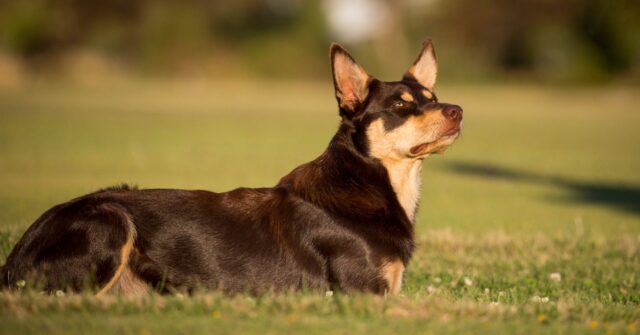Australian indigenous dog breeds are an integral part of the country’s rich cultural and natural heritage.
This comprehensive guide explores various breeds, their historical significance, and the roles they play in modern Australian society.
Whether you’re considering adopting one of these breeds or simply interested in learning more, this guide will provide you with all the essential information.
Introduction to Australian Dog Breeds
Australia is home to a variety of indigenous dog breeds, each with unique characteristics and a rich history.
These breeds have been shaped by the continent’s diverse landscapes and climates, making them well-adapted to the local environment.
In this guide, we will explore some of the most well-known and beloved Australian dog breeds, providing detailed insights into their history, traits, care needs, and more.
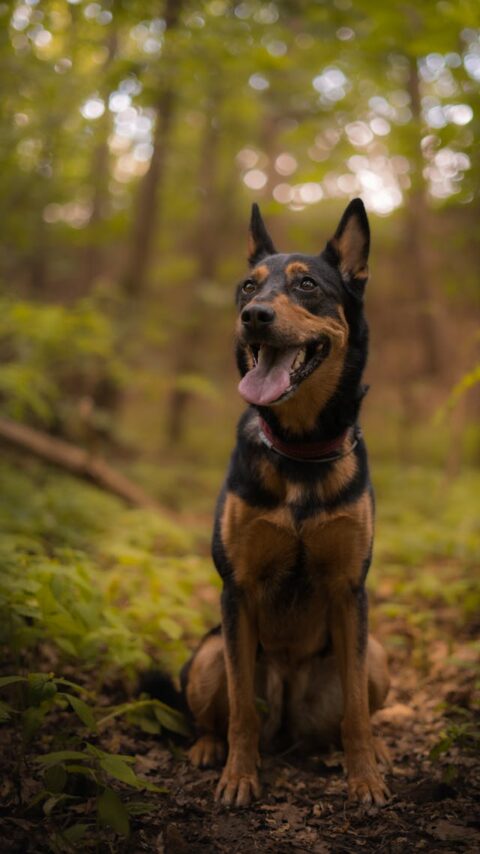

Historical Significance of Indigenous Dog Breeds in Australia
Indigenous dog breeds in Australia have played crucial roles in the country’s development, particularly in agriculture.
These breeds were often bred for specific tasks such as herding livestock or hunting, reflecting the needs of early Australian settlers.
Over time, they have become iconic symbols of Australian culture and heritage.
Role of These Breeds in Australian Culture and Society
Australian dog breeds are celebrated for their loyalty, intelligence, and hardworking nature.
They have not only been companions and working partners but have also found their way into Australian folklore and media, further cementing their place in the national identity.
Their adaptability and resilience make them ideal pets for many Australian families today.
Comprehensive Profiles of Popular Australian Dog Breeds
From the loyal Australian Cattle Dog to the spirited Australian Terrier, we delve into the details of Australia’s most iconic dog breeds.
Each section below offers an in-depth look at their origins, characteristics, and how to care for them, ensuring they thrive in their homes.
Australian Cattle Dog: The Blue and Red Heelers
The Australian Cattle Dog, also known as the Blue Heeler or Red Heeler, is renowned for its stamina and herding ability.
Developed in the 1800s by crossing Dingoes with Collies and other breeds, this dog is built for the tough Australian outback.
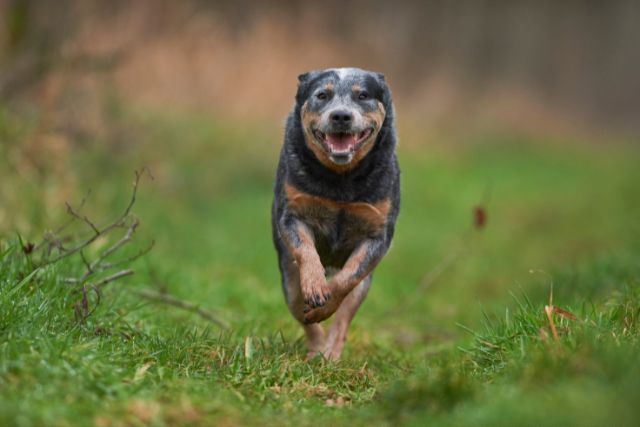

Origin and History
The Australian Cattle Dog was specifically bred to herd cattle over long distances in harsh conditions. Its lineage includes native Dingoes, which contributed to its resilience and adaptability.
These dogs have been instrumental in the development of Australia’s beef industry.
Physical Characteristics and Temperament
Australian Cattle Dogs are medium-sized, muscular, and agile. They have a distinctive blue or red speckled coat and are known for their alert, intelligent, and energetic temperament.
These dogs are highly loyal and protective, making them excellent working dogs and family pets.
Training and Care Requirements
Due to their high energy levels and intelligence, Australian Cattle Dogs require regular physical and mental stimulation.
Consistent training from a young age is essential to manage their herding instincts and prevent boredom-related behaviours. Regular exercise and a balanced diet are also crucial for their well-being.
Australian Terrier: The Companion and Hunter
The Australian Terrier is one of the smallest working terriers and was developed in the early 19th century. These dogs are known for their lively and affectionate nature, making them excellent companions.
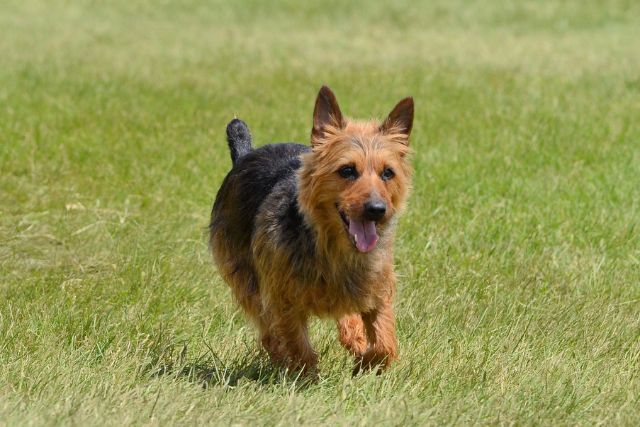

Development and Breed History
Bred to assist in hunting and as a watchdog, the Australian Terrier combines various terrier breeds from Britain. Its compact size and feisty nature made it ideal for dealing with rodents and snakes in Australia’s rugged terrain.
Key Traits and Behavioral Patterns
Australian Terriers are small but sturdy dogs with a wiry coat. They are known for their keen senses, bravery, and loyalty. These dogs thrive on human companionship and are very protective of their families.
Health Considerations and Grooming
Regular grooming is necessary to maintain the Australian Terrier’s coat. They are generally healthy but can be prone to certain genetic conditions such as patellar luxation.
Regular veterinary check-ups and a nutritious diet are important for their health.
Australian Kelpie: The Skilled Herder
The Australian Kelpie is a versatile and intelligent herding dog. Originating in the late 19th century, Kelpies are still widely used in livestock herding today.
Breed Origins and Evolution
The Kelpie was developed from collies imported from Scotland and crossed with other breeds to enhance their herding capabilities.
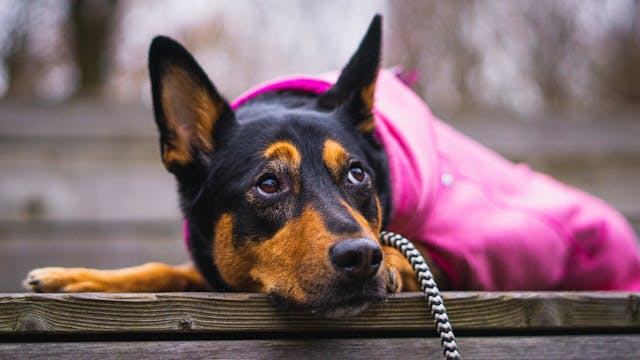

They quickly became indispensable to Australian farmers due to their unmatched work ethic and endurance.
Physical Description and Temperament
Australian Kelpies are medium-sized dogs with a lean, muscular build and a short, double coat that can be black, red, or fawn.
They are highly intelligent, energetic, and eager to work, making them excellent herders.
Exercise Needs and Socialization Tips
Kelpies require extensive physical exercise and mental stimulation. They excel in activities such as agility, obedience, and herding trials.
Socialization from a young age is important to manage their high energy levels and prevent behavioural issues.
Tenterfield Terrier: The Energetic Family Pet
The Tenterfield Terrier is a small, agile breed known for its lively and affectionate personality. It is a great choice for families looking for an energetic and loyal companion.
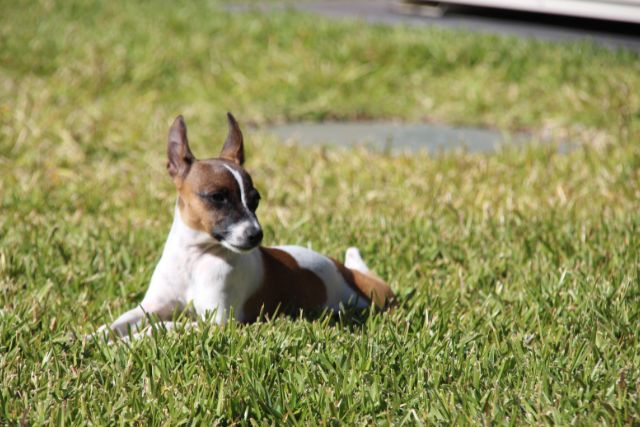

Historical Background
Named after the town of Tenterfield in New South Wales, this breed descends from small terriers brought to Australia by early settlers. It was developed for hunting small game and as a watchdog.
Characteristics and Suitable Environments
Tenterfield Terriers are small, sturdy dogs with a smooth coat. They are playful, intelligent, and very affectionate with their families.
They thrive in both urban and rural environments, provided they get enough exercise.
Care Guidelines and Health Issues
These terriers require regular exercise and mental stimulation. They are generally healthy but can be prone to patellar luxation and dental issues.
Regular grooming, dental care, and veterinary check-ups are important to keep them healthy.
Unique and Lesser-Known Australian Dog Breeds
This section explores some of the lesser-known yet fascinating dog breeds unique to Australia.
These include the swift Australian Staghound and the enigmatic Dingo, showcasing their roles both in the wild and in domestic scenarios.
The Australian Staghound: A Hunter’s Companion
The Australian Staghound is a lesser-known breed used primarily for hunting. They are known for their speed, endurance, and keen sense of smell.
Breed Overview and Uses
Staghounds are a type of sighthound bred in Australia by crossing Greyhounds with Scottish Deerhounds and other sighthounds. They are used for hunting large game such as kangaroos and deer.
Care and Maintenance
Staghounds require ample exercise and space to run. They have a short coat that is easy to groom. Regular health checks and a balanced diet are important for their overall well-being.
The Dingo: Australia’s Wild Heritage
The Dingo is an iconic wild dog native to Australia. While not typically kept as a pet, they play a significant role in the country’s natural history.
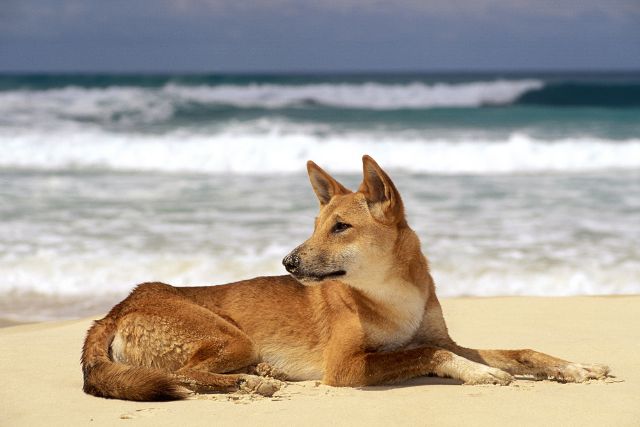

Understanding Dingoes: Wild vs. Domesticated
Wild Dingoes are not domesticated and generally do not make suitable pets. They are apex predators and play a crucial role in Australia’s ecosystem.
However, some people do keep Dingo hybrids, which requires extensive knowledge and commitment.
Legal and Ethical Considerations of Owning a Dingo
In Australia, keeping a Dingo or Dingo hybrid as a pet is subject to strict regulations.
Prospective owners must understand the legal requirements and ethical implications of owning such a unique animal. Ensuring their well-being and meeting their needs can be challenging.
Training and Caring for Your Australian Dog Breed
Effective training and proper care are pivotal for the well-being of any dog breed.
Here, we provide tailored advice for managing the exuberant energy levels typical of Australian breeds, ensuring they remain healthy, happy, and well-behaved members of your family.
Basic Training Techniques for High-Energy Breeds
Training high-energy Australian breeds requires consistency, patience, and positive reinforcement. Begin with basic commands such as sit, stay, and come.
Use treats and praise to reward good behaviour and gradually increase the difficulty of commands.
Advanced Training Sessions: Agility and Obedience
Australian dog breeds excel in agility and obedience training. These activities provide both physical and mental stimulation, helping to keep your dog engaged and well-behaved.
Enrol in local agility classes or set up a course in your backyard to practice regularly.
Nutritional Needs and Diet Plans
Proper nutrition is essential for maintaining the health and energy levels of Australian dog breeds. Feed your dog a balanced diet appropriate for their age, size, and activity level.
Consult your veterinarian for specific dietary recommendations and avoid overfeeding to prevent obesity.
Health and Wellness for Australian Dog Breeds
Maintaining the health and wellness of your dog is crucial.
This section covers common health issues specific to Australian dog breeds and offers preventative measures to keep your dog in top health, with a focus on services available in Sydney.
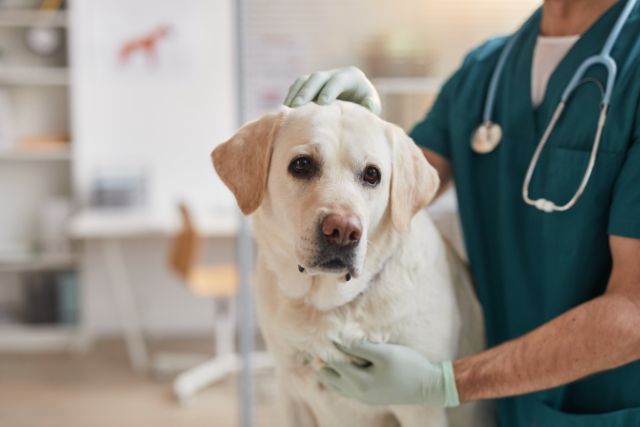

Common Health Issues and Preventative Measures
While many Australian dog breeds are robust, they can still be prone to specific health issues such as hip dysplasia, eye problems, and skin conditions.
Regular veterinary check-ups, a healthy diet, and proper exercise can help prevent and manage these conditions.
Veterinary Care for Australian Dog Breeds in Sydney
In Sydney, there are numerous veterinary clinics and specialists experienced in treating Australian dog breeds.
Regular health screenings, vaccinations, and preventive care are essential for keeping your dog healthy. Establish a relationship with a trusted vet to ensure your dog receives the best care possible.
Activities and Community for Dog Owners in Sydney
Engaging with the local community and finding dog-friendly activities are great ways to enhance your and your dog’s life in Sydney.
Below, we highlight some of the best locations and community events for dog owners in the area.
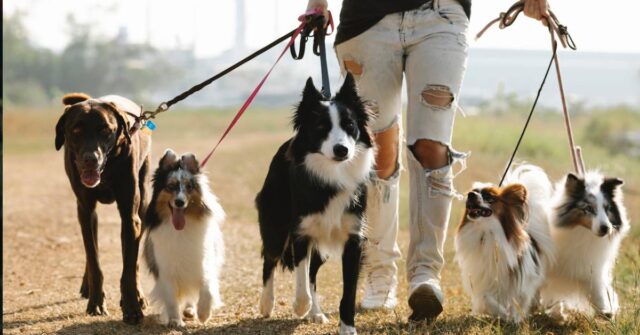

Dog-Friendly Parks and Beaches
Sydney offers a variety of dog-friendly parks and beaches where you can enjoy outdoor activities with your pet.
Popular spots include Centennial Parklands, Blackwattle Bay Park, and Centennial Parklands, Blackwattle Bay Park, and Rose Bay Beach.
These locations provide ample space for dogs to run, play, and socialize with other pets.
Local Dog Events and Competitions
Sydney hosts a variety of dog events and competitions throughout the year, including agility trials, obedience competitions, and dog shows.
Participating in these events is a great way to bond with your dog and meet other pet owners. Check local listings for upcoming events and join dog clubs to stay informed.
Conclusion: The Joy of Owning an Australian Dog Breed
Owning an Australian dog breed can be a highly rewarding experience.
These dogs are not only known for their unique traits and historical backgrounds but also for their unwavering loyalty and companionship.
As you consider bringing one of these incredible breeds into your home, it’s important to understand their needs and how to provide the best care possible.
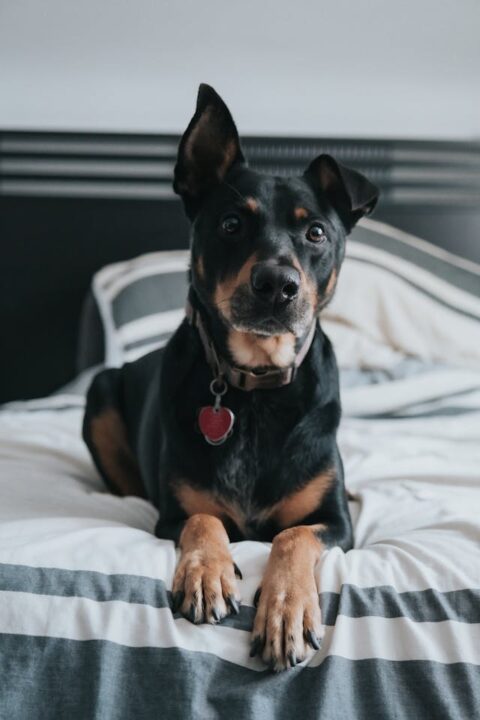

Testimonials From Sydney Dog Owners
Many Sydney residents who own Australian dog breeds speak highly of their pets’ loyalty, intelligence, and adaptability.
For instance, John from Bondi Beach shares, “Our Australian Kelpie, Max, has been an incredible addition to our family. His energy and affection brighten our days.”
Testimonials like these highlight the joy and companionship that these breeds bring to their owners.
Choosing the Right Breed for Your Lifestyle
Selecting the right Australian dog breed depends on your lifestyle and living situation.
Active individuals may prefer breeds like the Australian Cattle Dog or Kelpie, while families might find the Australian Terrier or Tenterfield Terrier more suitable.
Consider factors such as exercise needs, grooming requirements, and temperament when making your choice.
Owning an Australian dog breed can be a rewarding experience, bringing joy and companionship to your life.

